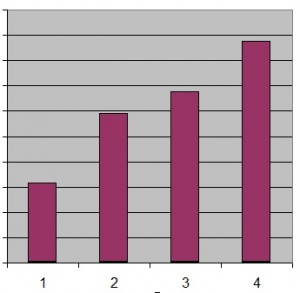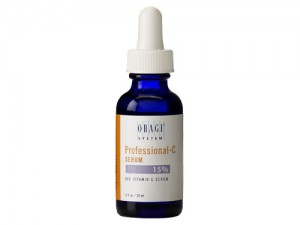
Tretinoin
Just reading for myself to review some information for myself about Retin-A (Tretinoin). I was curious to see what info is out there and here’s some info that I gleaned from an article in the NY times, supplemented a bit with my own knowledge. I’m always bombarded with questions and patients with different brands at our Modesto, CA office location. Retin-A is a brand name for the chemical name: Tretinoin or Retinoic Acid. Derived from Vitamin A.
Other brand name Tretinoin formulations:
- Retin-A
- Retin-A Micro
- Renova
- Avage
- Tazorac
- Aberela
- Airol
- Atralin
- Avita
- Retacnyl
- Refissa
- ReTrieva
- Stieva-A
- Vesanoid
Retinol and Retin-A (tretinoin) are not the same thing. Retinol is a much less potent cousin.
- Retin-A requires a prescription, Retinol does not.
The New York times talks about “crystal-clear demonstration…”
http://www.nytimes.com/2006/11/30/fashion/30skin.html?pagewanted=all&_r=0
“To my knowledge, this is the only drug for which there has been crystal-clear demonstration that it works on the molecular level,” said Dr. John J. Voorhees, the chairman of the dermatology department at the medical school of University of Michigan”
Retin-A (Tretinoin) is used for:
- Diminish Acne
- improve skin texture
- diminish wrinkles
- fade brown spots
- fade freckles
“There is so much historical evidence that this ingredient works better than anything else,” said Dr. Joel L. Cohen, clinical assistant professor of dermatology at the University of Colorado and a consultant for OrthoNeutrogena, the maker of Retin-A Micro. And the effects are more than superficial. “It actually works to remodel skin on a cellular level,” Dr. Cohen said.
Helping to normalize cells:
Skin cells contain retinoid receptors that help regulate how the cell functions. As people age, their cells behave more erratically. “But consistent use of Retin-A helps normalize the cells,” said Dr. Min-Wei Christine Lee, a dermatologist in Walnut Creek, Calif.
Collagen:
Retin-A does double duty in helping to boost collagen. According to research at Michigan, it has the potential to stop photoaging before it starts. “The retinoids prevent the rise of collagenase after UV exposure,” Dr. Voorhees said. Collagenase is what breaks down collagen.
But regular use of a retinoid product also increases the amount of new collagen formed, research has found, and that new collagen will last for years.
Not just cosmetic – it treats pre-cancerous lesions too
The results are not just cosmetic. Dr. Voorhees said that retinoids have been used to treat precancerous skin cells. Studies show that after two years of use, those abnormal cells returned to normal.
So if Retin-A is so effective and so well studied, why isn’t everyone using it? Many dermatologists blame a lack of patient education. “It’s one of the most misunderstood drugs,” said Dr. Kenneth Beer, a dermatologist in Palm Beach, Fla., and a clinical investigator for Allergan, the maker of prescription Avage and Tazorac. He is also an Allergan shareholder. People use Retin-A too much, use it too often, experience negative side effects and then give up on it too soon, doctors say.
The problem with Retin-A is that it may actually make skin look worse — with redness, flakiness and peeling — for up to eight weeks. “But by 24 weeks, patients will see dramatic, marked improvements,” Dr. Lee said.
We found this same thing. Most of our patients will have dry skin, some redness, and mild peeling for about 2-3 months first before seeing the full benefits.
25 years old – but still the best:
“I can’t say there’s anything on the horizon that will rival Retin-A,” Dr. Cohen said. “It’s exciting to see all the research going into this area, but kind of funny that the thing we’re still recommending most is something that’s 25 years old.”
————-
We carry several formulations of Retinoic Acid / Tretinoin in our office:
- Mainly Obagi 0.025%, 0.05%, and 0.1% strengths
Our Modesto Plastic Surgery office is Surgical Artistry, 2336 Sylvan Ave. Suite C, Modesto, CA 95355. Tel 209-551-1888.







